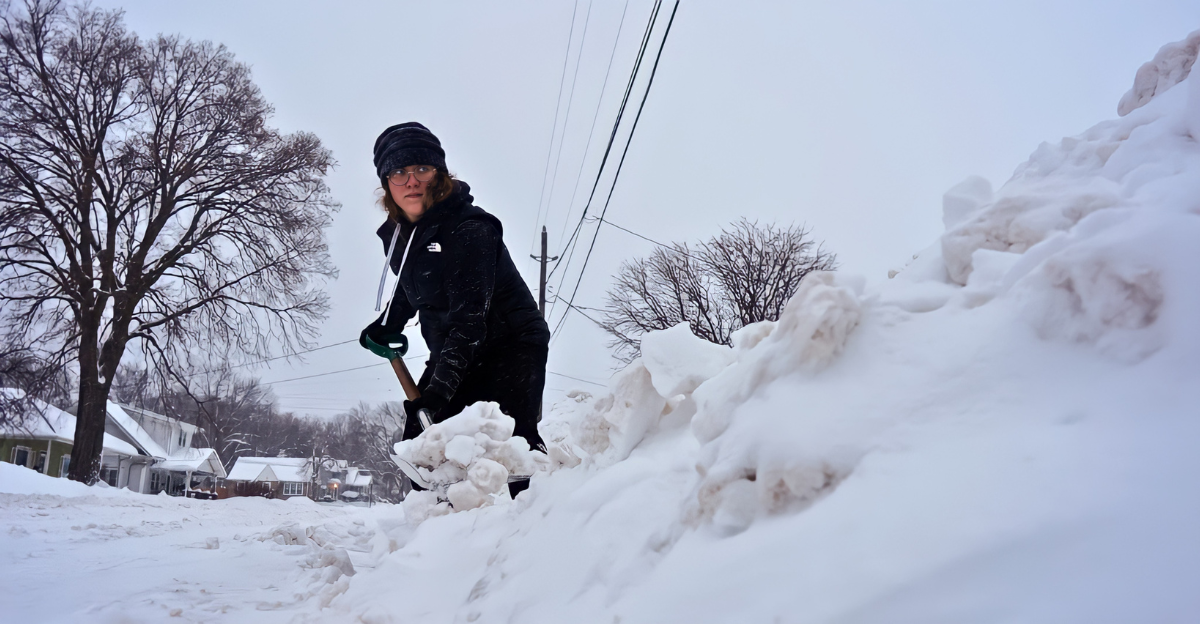
In early September 2025, the Midwest experienced an unprecedented cold snap that plummeted temperatures and prompted freeze warnings across five states. Residents awoke to chilling forecasts, with experts predicting record low temperatures for the time of year. Meteorologists urged vigilance, stressing that these conditions posed significant risks to people and the environment.
“We’ve never seen anything like this in September before,” remarked a concerned resident. As the cold settled in, communities across the region braced for the potential impacts of this sudden shift in weather, looking back uneasily at the summer’s warmer months.
Risks Surge Among Farmers
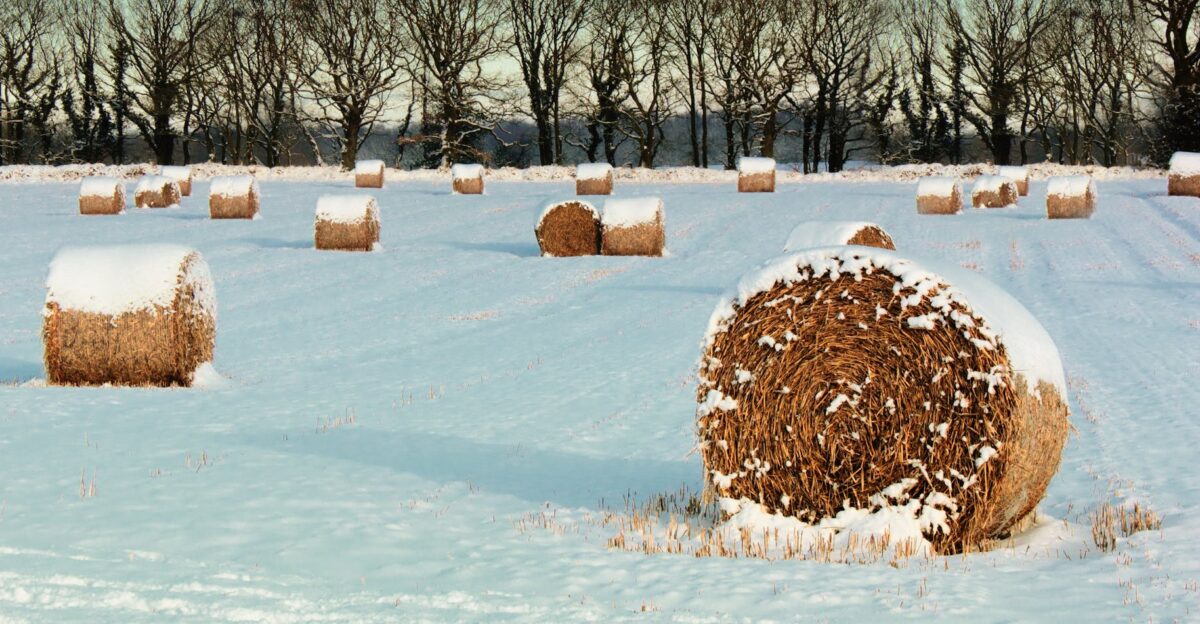
The sudden temperature drop has raised urgent concerns among farmers, especially those with maturing crops. A short period of freezing temperatures can spell disaster for plants, leading to a potentially significant yield loss. “If the frost stays for even a few hours, it can ruin our soybeans,” a North Dakota farmer highlighted the high stakes facing the agricultural community.
The chilling forecasts prompted immediate action as many farmers prepared to protect their fields and livestock from the impending cold. With the growing season still underway, every moment counted as they struggled to secure their livelihoods.
September’s Unusual Cold Spell
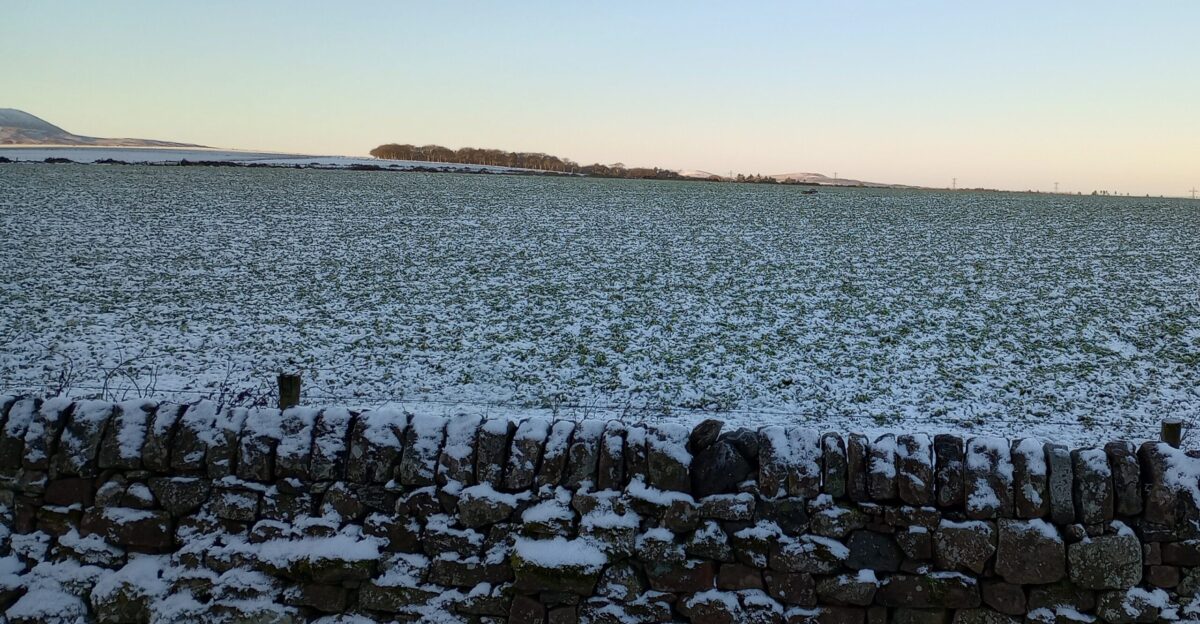
Historically, dramatic cold spells in September are rare in the Midwest, as most frost events typically transpire in late fall. This unusual early September freeze caught farmers and meteorologists off guard, leading to heightened anxiety within the agricultural sector. Archives indicate such severe weather events have occurred less than twice per decade, creating a unique and concerning trend for the region.
“We’re in uncharted territory,” stated a weather analyst, raising concerns about the implications of climate change on seasonal patterns. The unusual timing of this cold snap left many questioning what lies ahead for the rest of the growing season.
Weather Volatility Intensifies
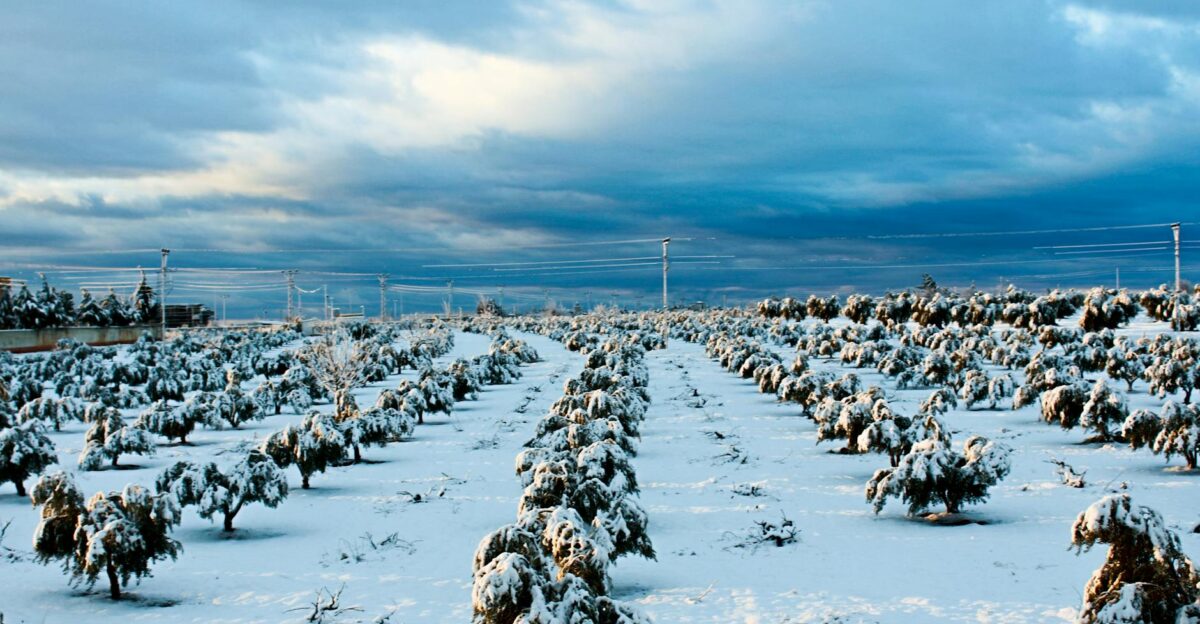
The 2020s have been marked by increasing volatility in weather patterns, posing challenges for U.S. agriculture. Farmers have faced intense droughts, unexpected summertime frosts, and unpredictable harvest timelines. “It feels like every year brings new weather challenges,” remarked a frustrated farmer, who struggled to adapt to these rapid changes.
Such fluctuations disrupt growing cycles, and farmers scramble to keep pace as seasons shift unpredictably. With shifting temperatures and erratic precipitation threatening yields, the urgency to adapt strategies for resilience has never been greater. The agricultural community is now at the mercy of climate forces, struggling to navigate this turbulent weather landscape.
Freeze Warnings Issued for Five States
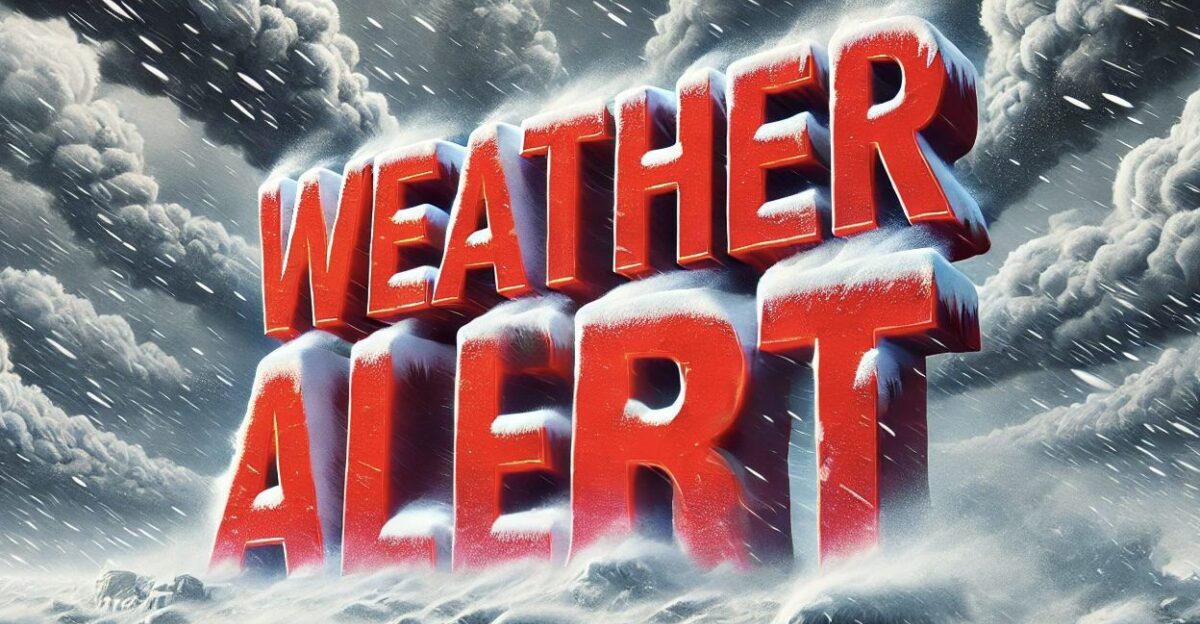
On September 6, the National Weather Service issued freeze warnings for North Dakota, South Dakota, Nebraska, Wyoming, and Minnesota. Forecasts predicted temperatures dropping to the high twenties and low thirties, prompting local communities to prepare for potential damage.
“We’re used to cool weather in September, but this is pushing it,” said a Minnesota resident as they hurried to protect their garden. Both rural and urban areas faced the possibility of disruption, with fears mounting over the impact of an early freeze on crops and household infrastructure. Vigilance and preparedness became the focus of discussions across the region as the cold approached.
North Dakota Faces the Harshest Conditions
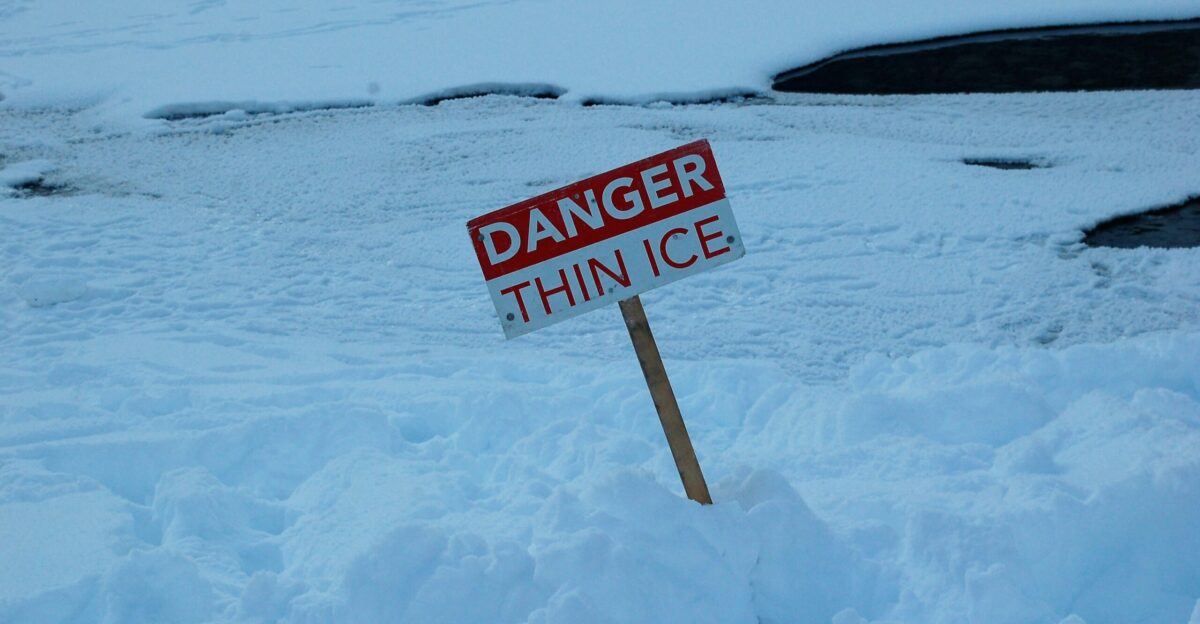
Among the affected states, North Dakota appeared to bear the brunt of the frigid blast, with regions in the west and central parts receiving urgent freeze alerts. Meteorologists warned of dangerously low temperatures as bad as 29°F overnight, creating perilous conditions for crops and livestock alike.
“Our crops are still vulnerable; this freeze could ruin everything we’ve worked for,” voiced a local farmer. Preparations ramped up as communities scrambled to safeguard their supplies, plumbing, and livestock against the unyielding cold. Farmers knew that every minute counted, leading to frantic protective measures being put in place to prevent damage.
Farmers Brace for Significant Losses
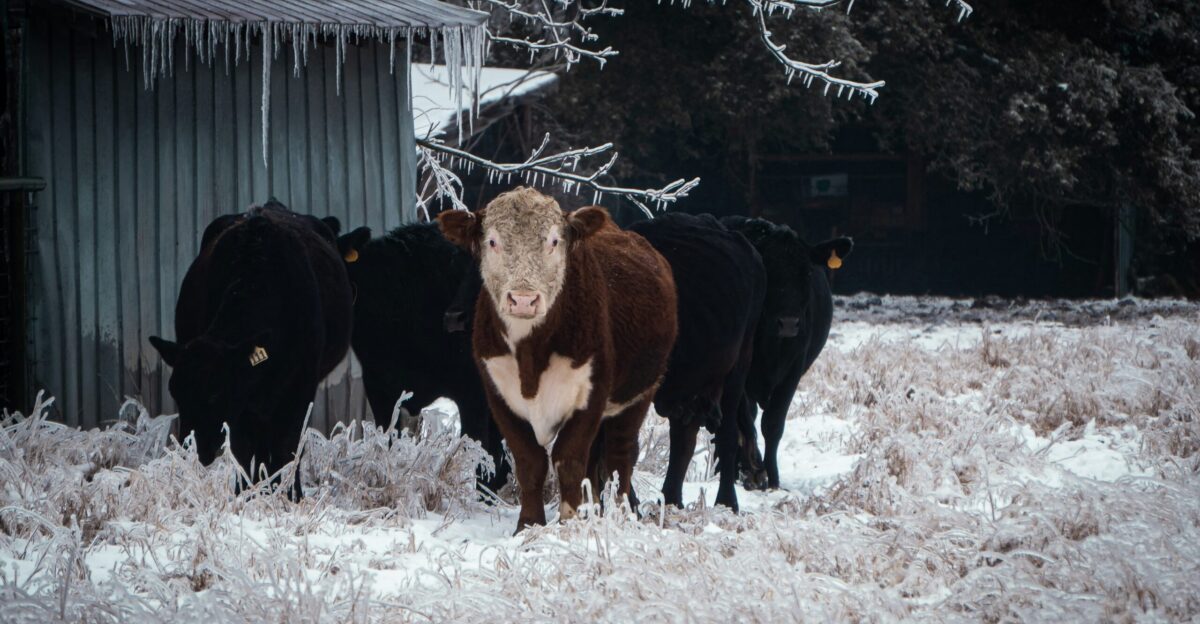
As local farmers grappled with the severity of the freeze, anxiety grew over the potential impact on their harvests. “If it stays this cold, a lot of our beans won’t make it,” lamented a farmer in North Dakota. The stark reality set in as many realized their crops’ vulnerability at this critical growth stage.
Conversations around town focused on mitigating loss, with strategies rapidly evolving in response to the alarming forecasts. The possibility of losing a substantial portion of their harvest heightened the tension, turning the cold snap into an unwelcome harbinger of economic hardship for many.
Rapid Regulatory Response Mobilizes
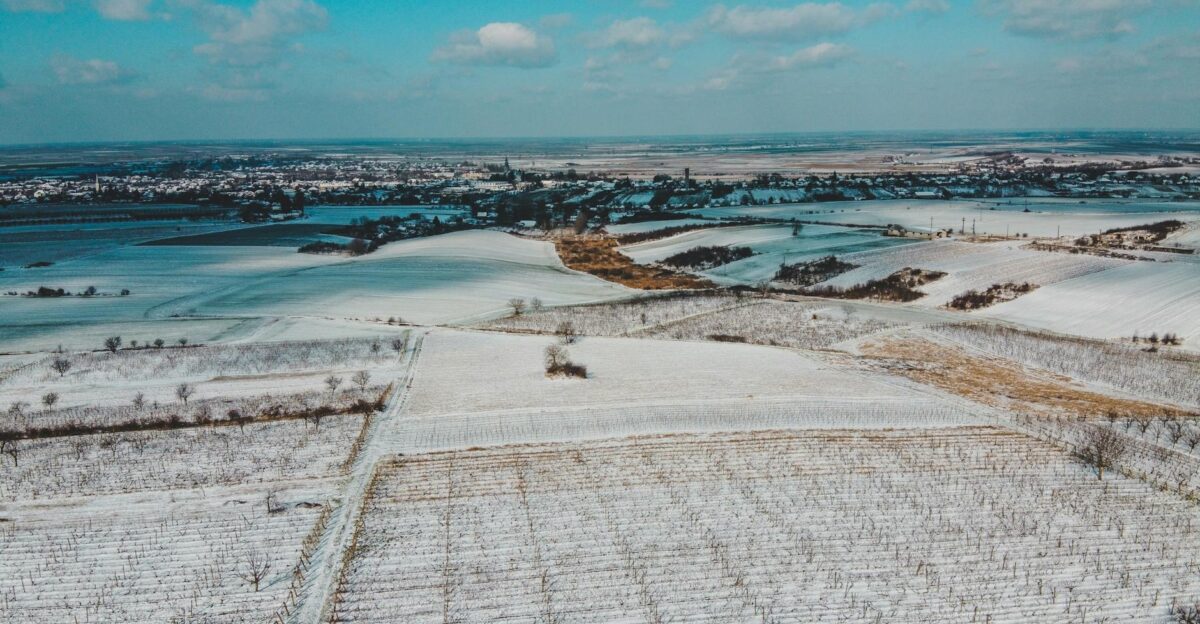
In the wake of the freeze warnings, state agricultural agencies swiftly guided farmers, urging them to act quickly to minimize potential losses. “We’ve got to harvest what we can, and do it fast,” a local agricultural advisor stressed. Officials recommended prioritizing at-risk crops, particularly corn and soybeans, while advising farmers to insulate irrigation systems to prevent damage from freezing temperatures.
This proactive approach became essential as the forecasted cold settled in, prompting rapid planning among farmers to safeguard their livelihoods during this critical window. The urgency of the situation galvanized the community into action.
Slowing Midwest Crop Development

The freeze arrived during a crucial moment for Midwest crops as they entered the “dent” stage, a key period for corn development characterized by maturing kernels. With over 70% of North Dakota and Minnesota’s crops maturing, the cold snap propelled concerns about harvest planning and potential losses. “We were just starting to see progress.
This freeze is a game-changer,” observed a farmer surveying their fields. As the chilling air swept across the landscape, growers faced heightened urgency to expedite efforts while grappling with the unpredictability of the freezing conditions. Every day became critical in the race against time.
Market Uncertainty Looms

As pressure mounted on local farmers, grain market analysts indicated a ripple effect could follow the cold snap. Early freeze warnings and resulting crop damage suggested smaller yields and lower quality for corn and soybeans, which would soon impact grocery prices and global buyers. “We’re watching the market closely; early cold spells only create more uncertainty,” warned an economic analyst.
Grocers and consumers knew they might soon face higher prices due to diminished supply. As the farming community scrambled to respond, the cascading effects of the freeze began to trickle through the economy, highlighting the interconnected nature of agriculture and markets.
Rising Frustration Among Farmers
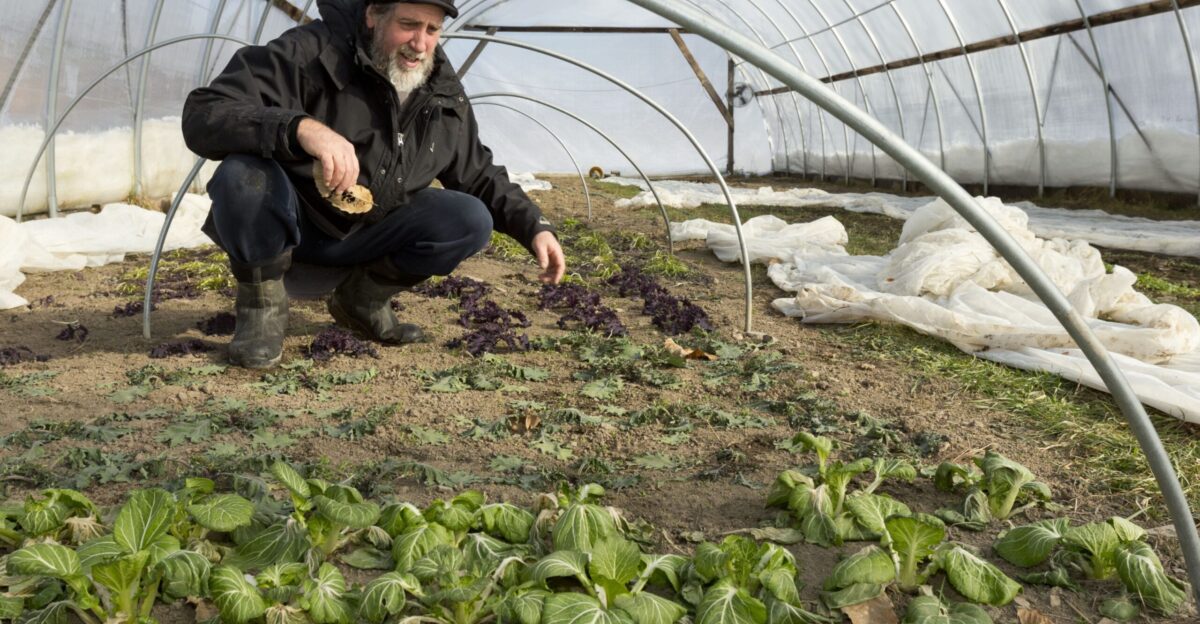
Amid the looming losses, growers expressed growing frustration regarding the timing of aid and insurance claims. “We need relief to arrive before the next freeze,” urged an affected producer, reflecting the moment’s desperation. Farmers recognized that timely support is crucial for a bounce-back after this unexpected crisis.
In light of the industry’s challenges, many voiced concerns about the ability of existing systems to respond swiftly enough. With every hour diminishing their chances of recuperation, a call for more agile support grew louder and clearer across the Midwest, as the collective worry began shaping discussions within the community.
Leadership Champions Proactive Preparedness
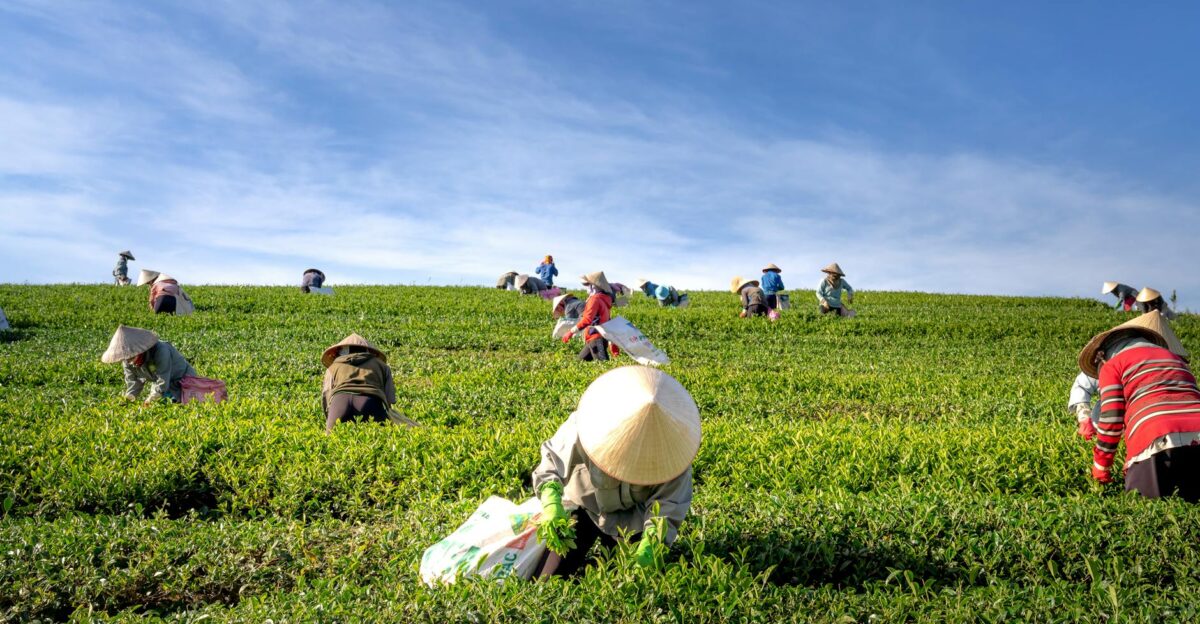
In response to the chaotic weather patterns, agencies emphasized the importance of preparing for future anomalies rather than merely reacting. Extension experts challenged rural communities to upgrade their weather monitoring systems and emergency planning protocols. “We can’t just wait for storms to hit; we need to anticipate and adapt,” an agricultural extension officer asserted.
This proactive mindset would be crucial, particularly as September cold snaps may become more common with shifting climate patterns. Investing in preparedness could help communities weather future storms with less disruption while fostering resilience amid ongoing environmental challenges, ensuring that farmers have the support they require.
Agricultural Insurers Assess Damage
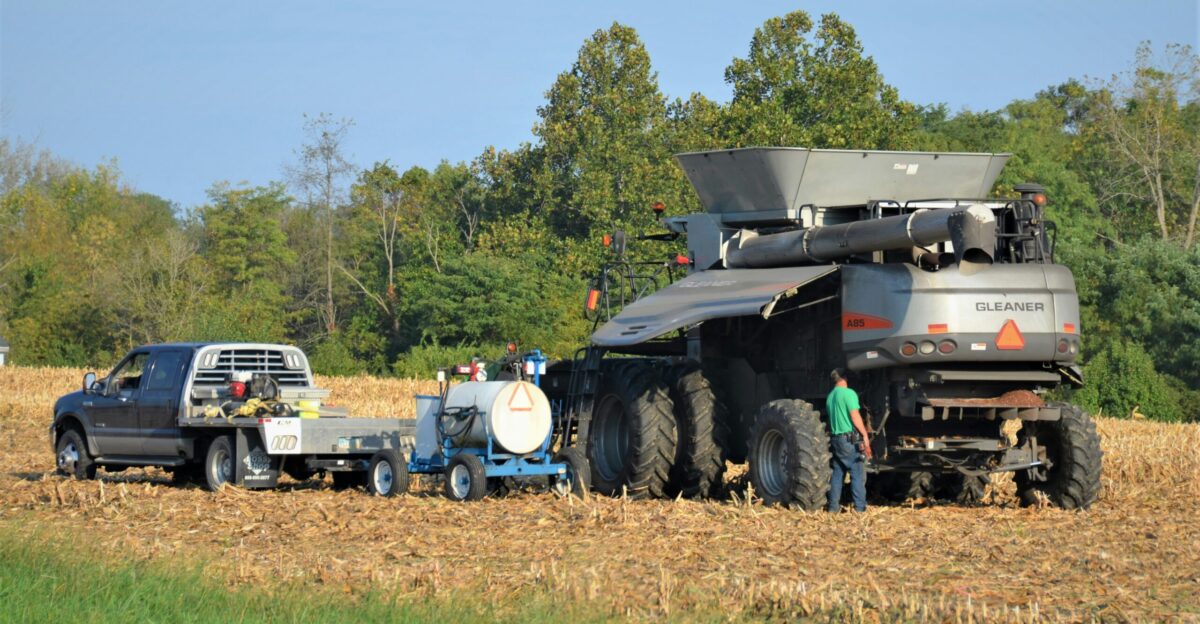
As cold weather wrought havoc across the state, agricultural insurers commenced reviews of claims stemming from crop damage. Early reports indicated some insurance coverage would kick in for frost-damaged crops, although policy specifics varied by county and crop type. “We’re hearing from farmers eager to assess their claims, but eligibility can be a gray area,” noted an insurance representative.
As disputes over coverage and compensation loomed, the uncertainty added another layer of stress amid an already volatile situation. Farmers awaited clarity on the extent of their losses, hoping for just outcomes while navigating the pressures exacerbated by the freeze.
Experts Warn of Continued Volatility
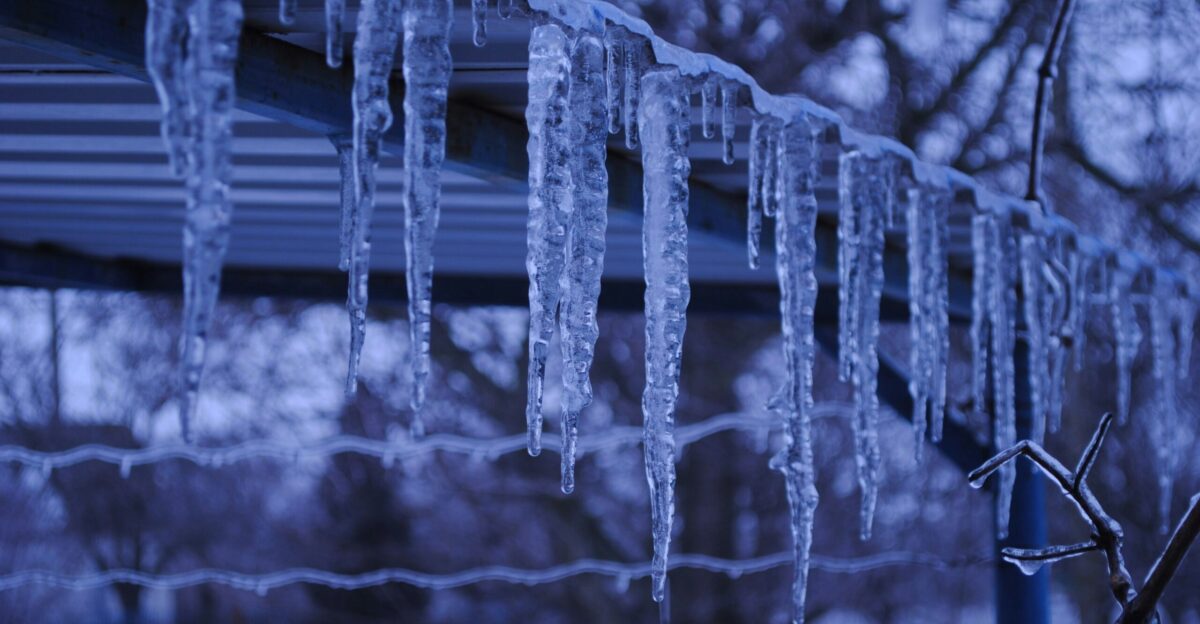
Experts caution that such “rare” cold snaps may become increasingly common. Meteorologist Jason Anglin voiced concerns to Newsweek, stating, “This first fall freeze is a full month earlier than usual, which should concern anyone whose livelihood depends on weather stability.” The potential for more frequent and severe weather-related disruptions grows with agriculture susceptible to climate fluctuations.
The specter of uncertainty looms, raising questions about the resilience of farming practices in the face of these shifting climatic realities. Adaptation measures will be critical to mitigate the effects of future weather volatility that this region may face.
Attention Turns to Neighboring States
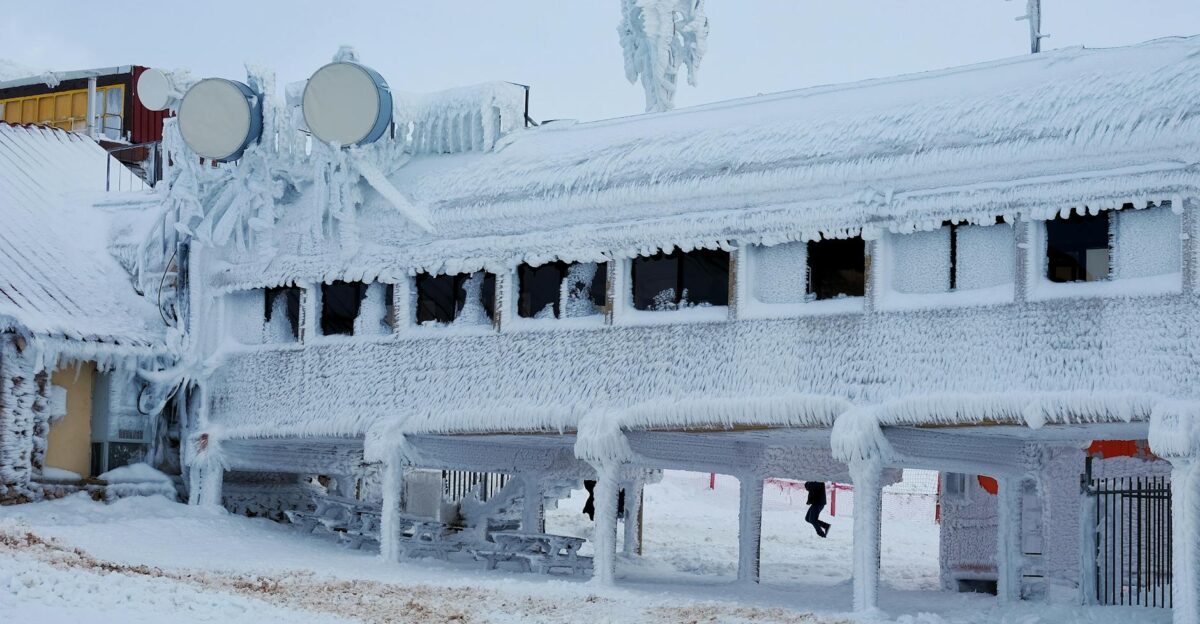
With the chill lingering over the Midwest, anticipation spread to neighboring states as attention shifted toward what October might bring. Farmers feared further freezes could devastate vulnerable crops and intensify the economic fallout from the September events. “We’ve got our fingers crossed that the weather settles down,” stated a Wisconsin farmer.
As communities prepared for the increasing possibility of another cold spell, the specter of ruin loomed, leaving them anxious over their livelihoods. As plans are crafted for harvest and protection, the focus now turns to potential repercussions for agriculture and local economies in the approaching weeks.
Emergency Preparedness Becomes Paramount
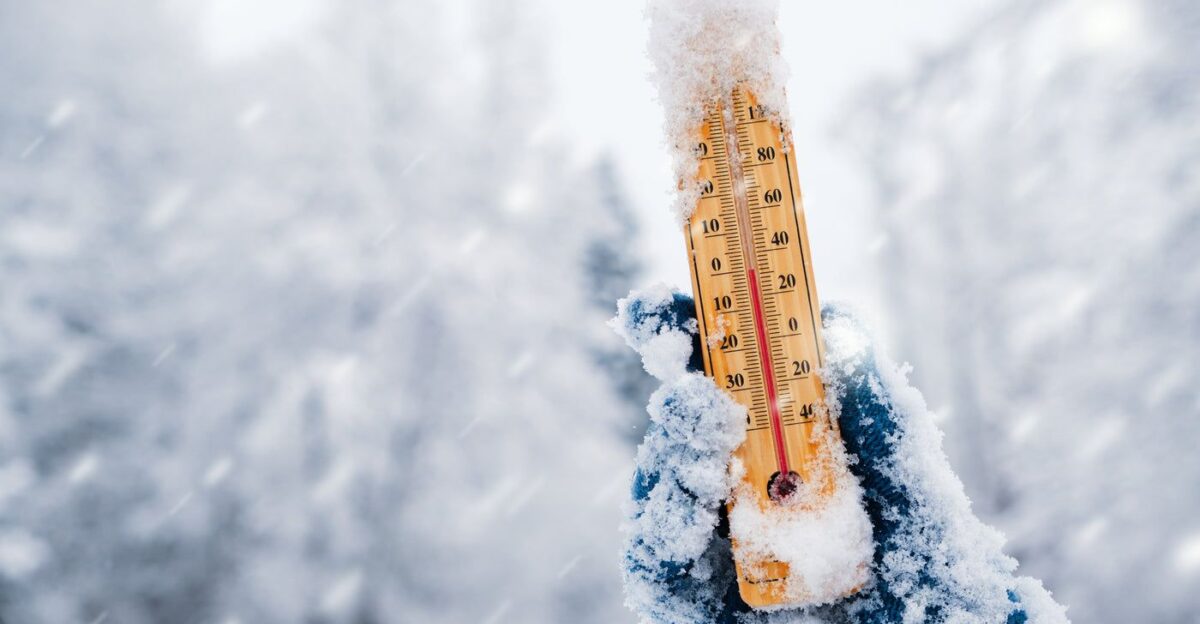
Faced with the challenges of early freezes, many agricultural organizations stressed emergency preparedness as paramount in safeguarding crops and livelihoods. Workshops focused on best practices for harvest timing, insulation techniques, and crop risk assessment emerged as critical resources for farmers.
“We need to band together; sharing knowledge can save our crops,” declared a community leader. The push for local workshops aimed to empower farmers to implement innovative strategies and improve resilience in unpredictable weather. This spirit of collaboration among farming communities highlights the need for solidarity as they confront the realities of climate change.
Innovations in Crop Protection
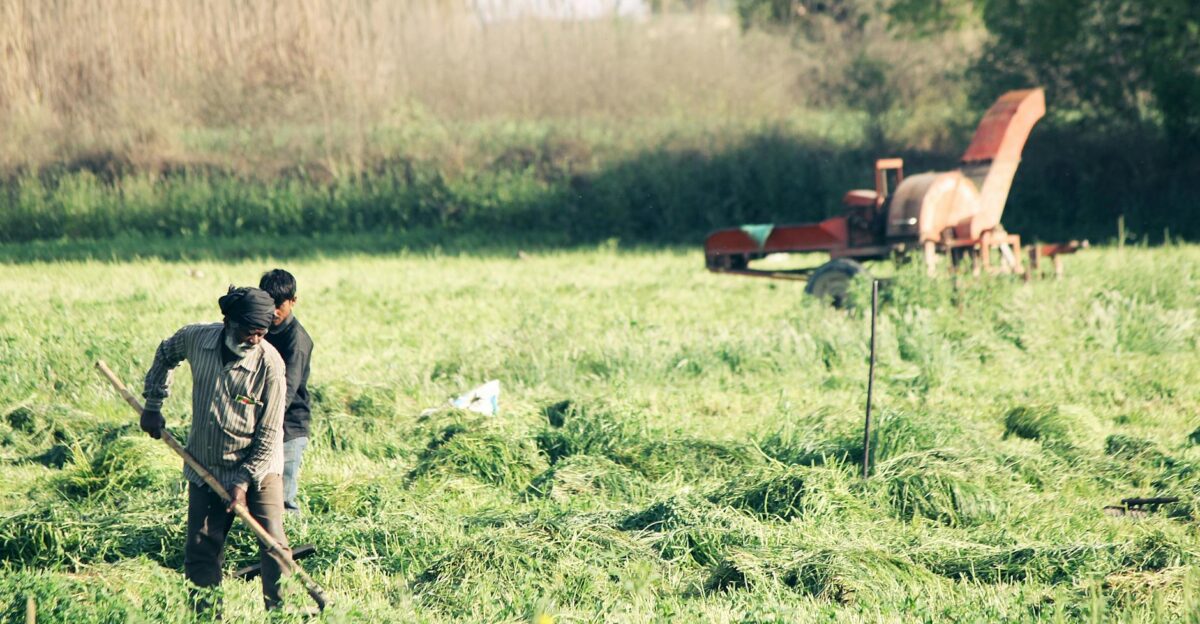
With the impending threats from cold weather, farmers began exploring innovative techniques for crop protection. Emerging technologies, including thermal blankets and wind machines, aimed to create microclimates that shielded crops from frost. “I’m experimenting with some new methods to see if they can help avert disaster,” reported a forward-thinking farmer.
Early adoption of these techniques may enable communities to bolster defenses against the volatility of September weather and protect vital crops from untimely damage. As conversations surrounding agricultural innovation gained momentum, it became clear that adaptability would be essential to coexist with increasingly erratic climate conditions.
The Community’s Resilience Tested
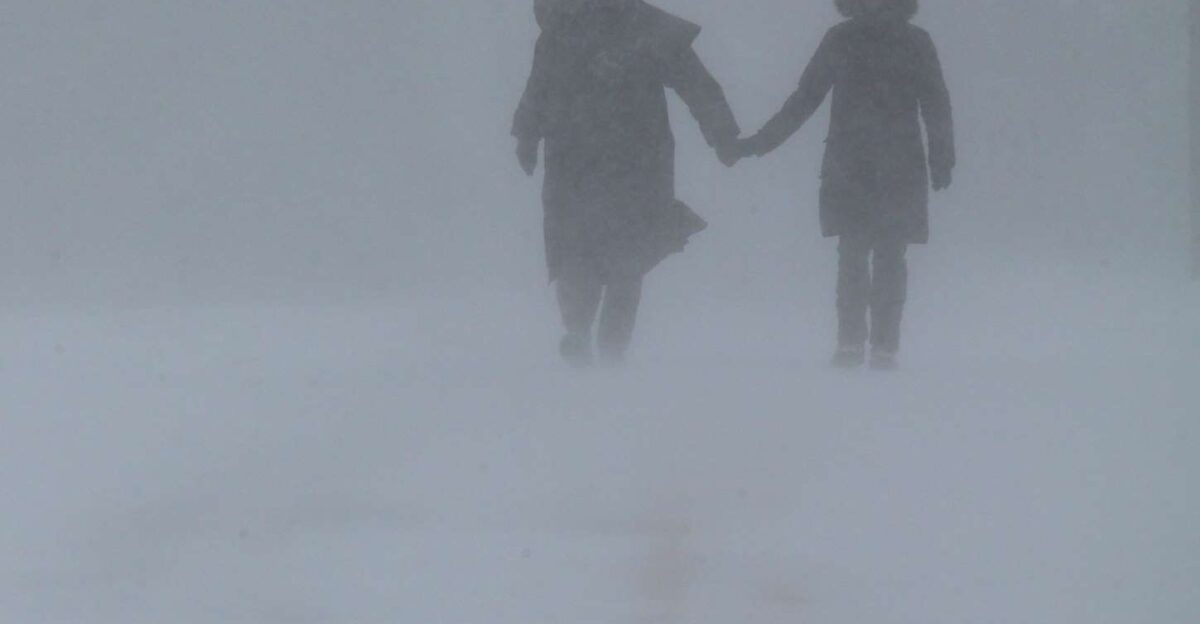
As the brunt of the cold weather settled over the Midwest, local communities showed resilience in the face of adversity. Farmers rallied together, sharing resources and knowledge to confront the challenges of freezing temperatures. “We’ve been through tough times before; we’ll find a way through this,” said a community elder, reflecting on past weather struggles.
Community gatherings focused on support and collaboration, highlighting the importance of collective strength in addressing shared challenges. The bonds formed through cooperation transformed a moment of crisis into an opportunity for unity among farmers, laying a foundation for stronger ties in the seasons ahead.
A Call for Legislative Action

In light of the difficulties faced by local farmers, calls for legislative action echoed through communities. Farmers urged lawmakers to establish more robust safety nets and provide rapid response mechanisms during climate emergencies. “We need support that responds in real-time,” stated a passionate landowner.
Advocacy groups began mobilizing, seeking to reinforce agricultural policies that prioritize climate resilience and farmer support. As discussions gained traction, the collective demand for effective solutions aimed to create a more secure future for local agriculture, asking lawmakers to recognize farmers’ unique challenges amid unpredictable weather patterns.
Looking Ahead: Future Preparedness
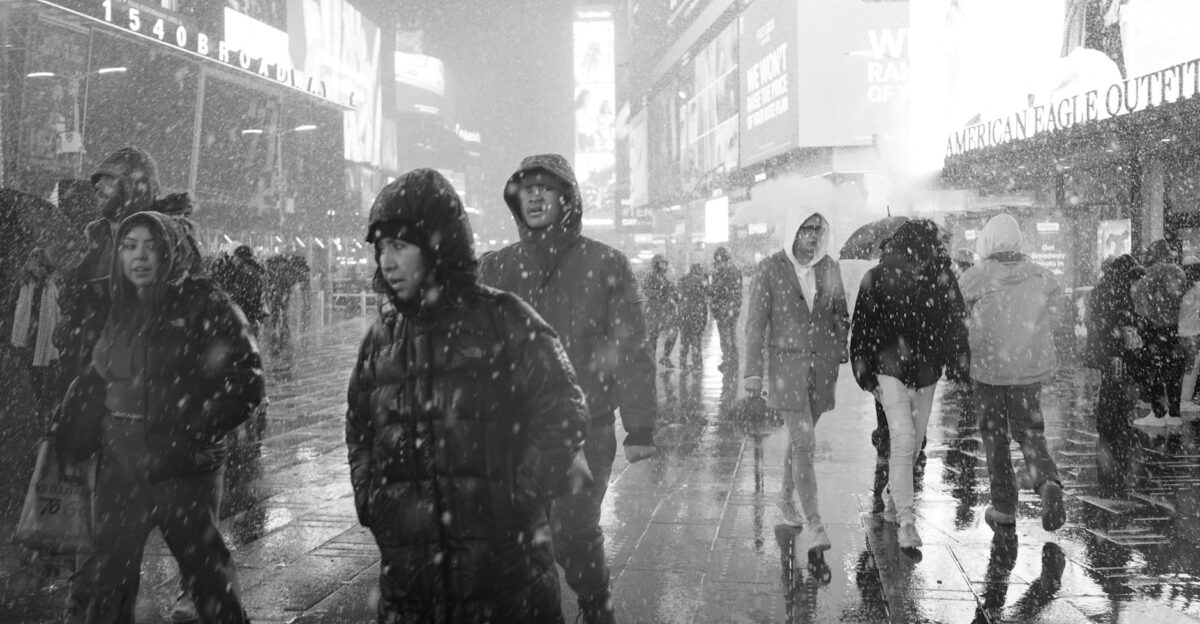
The chilling events of early September have left a lasting mark on the Midwest’s agricultural landscape, igniting urgent discussions around future preparedness. As communities absorb the impact of these cold snaps, farmers recognize the need to embrace adaptability and collaboration, fostering resilience in uncertain times.
“This experience has taught us valuable lessons about being ready,” reflected a farmer, emphasizing the need for ongoing vigilance. With shifting weather patterns on the horizon, local farmers remain determined to build support networks, innovate practices, and advocate for policies that protect their livelihoods against the backdrop of an evolving climate.